Mahsa Khoshgoftarlali
Advisor: Lancelot Coar
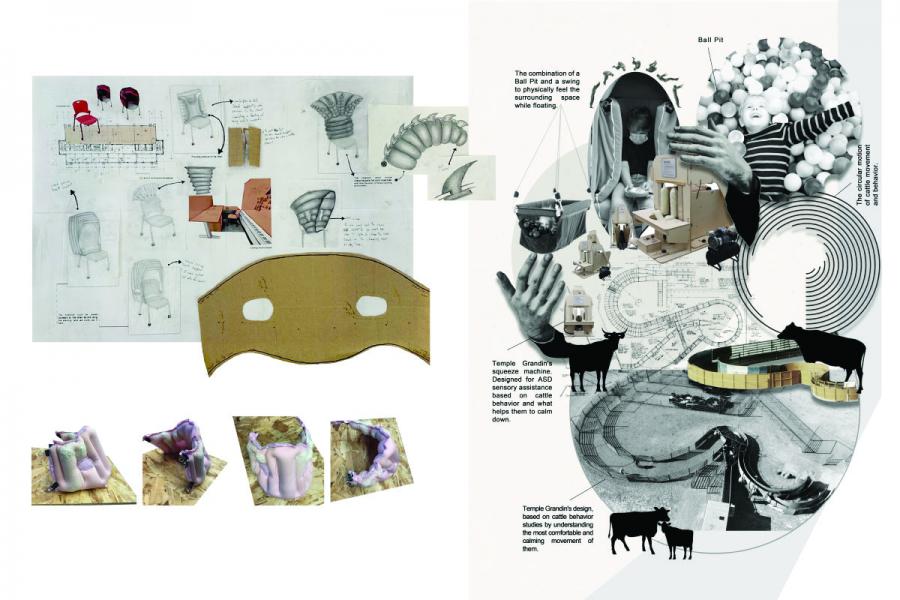
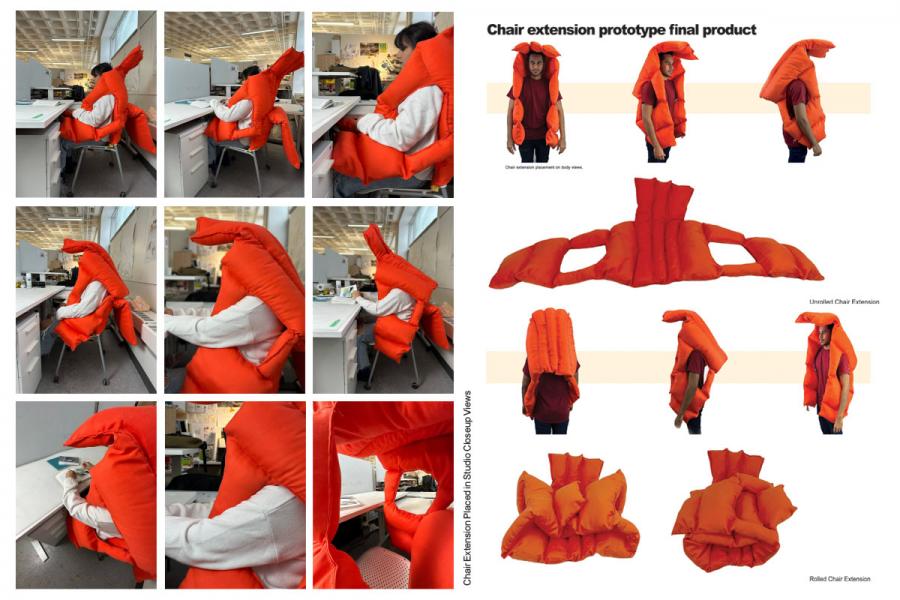
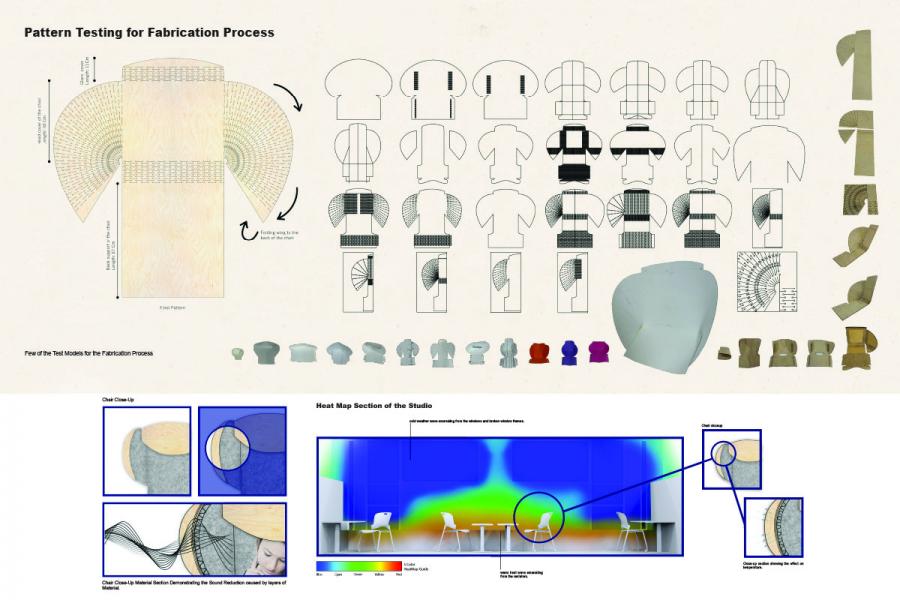
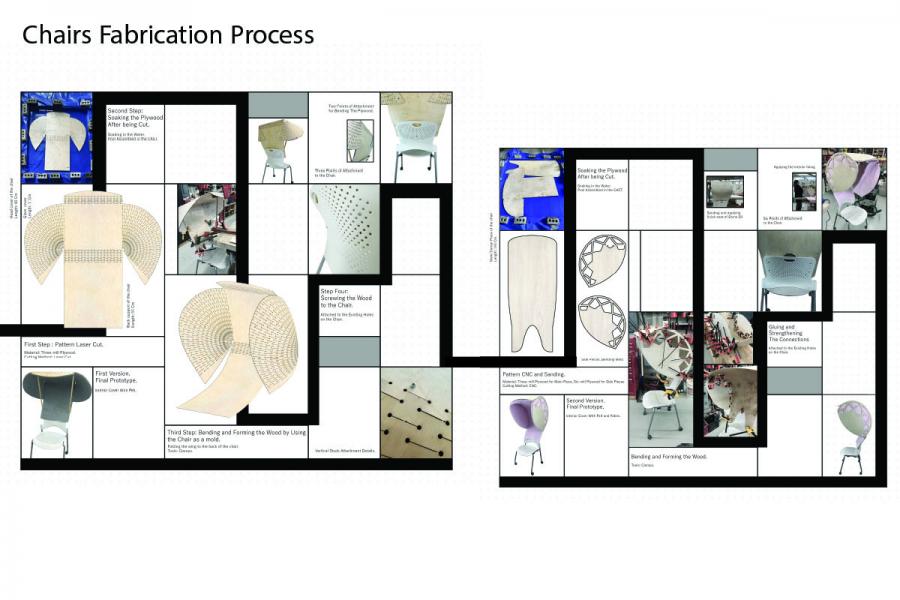
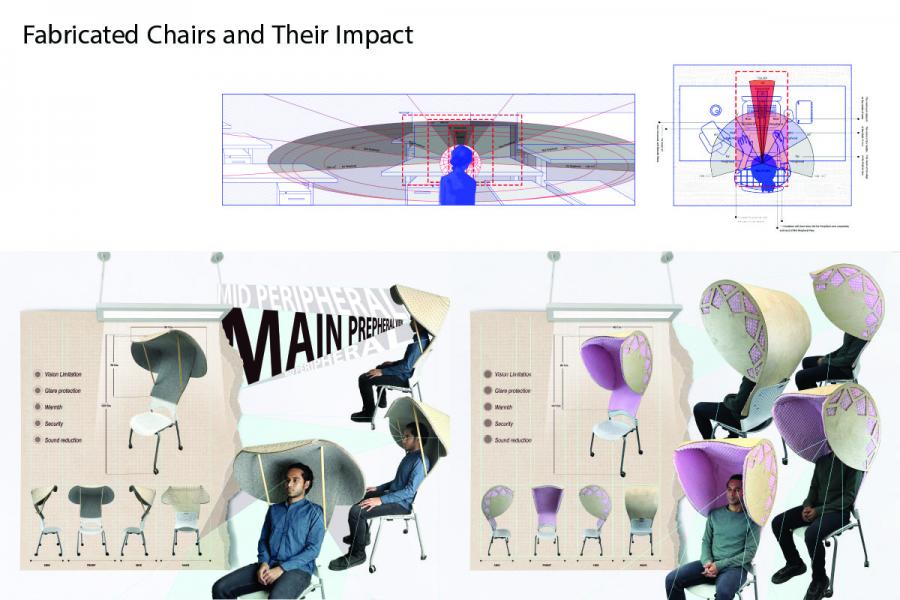
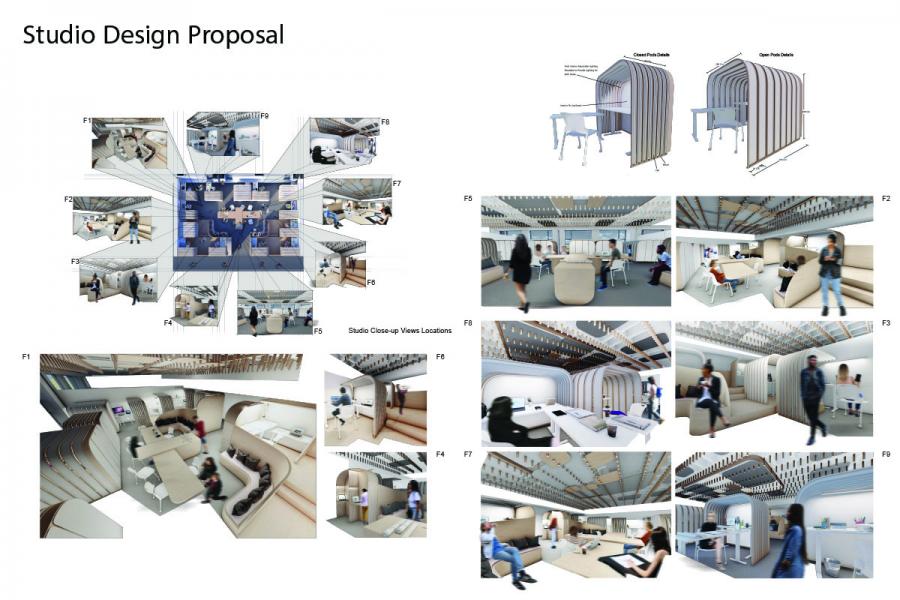
Beyond Accessible: Nurturing and celebrating Neurodiversity and Cognitive Diversity through design in Architecture
It should be the right of every human to be able to not only move throughout the built environment but to feel welcome by it and find comfort and inspiration alongside feeling safe and independent. The term accessibility refers to this right in architecture primarily used for public use. In all buildings, barriers determine the user's engagement with their surroundings and do not specify only to mobility and circulation. Architecture should be designed to engage with diverse experiences. Universal accessibility should include a broader range of neuro-diverse and cognitively diverse people since not all barriers are visible.1
This thesis focus on Autism Spectrum Disorder (ASD) as a case study subgroup of mental health disorders that connects to other subgroups such as Depression, Anxiety, ADHD, Schizophrenia, etc. This connection is through having back-and-forth relations with these other disorders by connecting back to the other subgroups as the side effects. ASD is one of the disorders that is affecting a massive group of people globally. More drastically in social contexts such as schools, kindergartens, playgrounds, or such built environments with educational and social purposes, cognitive diversity creates challenges for the neurodiverse. 2,3 One of the main problems with autism is that the spectrum range goes from someone who is high functioning and has cognitive strengths beyond cognitively normative individuals to someone with language and intellectual disability, creating conflicts and challenges for people on the spectrum to receive the care attuned to their specific needs.4
This thesis focuses on the study of the ways that architecture can help the sensory processing abilities of people with ASD by trying to develop methods and designs for creating empathy in architecture and the built environment. This project seeks to develop architectural design methods that elicit designs that meet the basic needs of diverse individuals and celebrate cognitive diversity. Sensory processing challenges are the subgroup within the subgroup of ASD that is focused on throughout this thesis research and design. By trying to heighten the senses and developing empathy toward sensory challenges, we can help the neurotypical to understand the neurodiverse better. Therefore, this thesis focuses on designing built environments that can help with sensory development and nurture neurodiversity.
Architecture's role is to nurture and celebrate all groups equally rather than only accommodating people on the spectrum. Disability is something that is actively done to the user, and they are "being disabled" by the environment and society rather than something they have and carry with them to the place.5 This is a crucial topic that needs to be addressed in architecture alongside rehabilitation and neurological sciences to create an accepting and safe community for everyone.
1. Yılmaz, Meltem. "Public space and accessibility." ICONARP International Journal of Architecture and Planning (2018).
2. “Facts and Statistics.” Autism Society., April 10, 2020. https://www.autism-society.org/what-is/facts-and-statistics/.
3. “World Health Organization (WHO).” World Health Organization. World Health Organization. Accessed 2022. https://www.who.int/.
4. Rakicevic, Mira. “36 Important Autism Statistics to Be Aware of in 2022.” DisturbMeNot!, May 25, 2022. https://disturbmenot.co/autism-statistics/.
5. Jac Den Houting: Why Everything You Know about Autism Is Wrong | Jac Den Houting | TEDxMacquarieUniversity | TED Talk. Accessed 2022.
